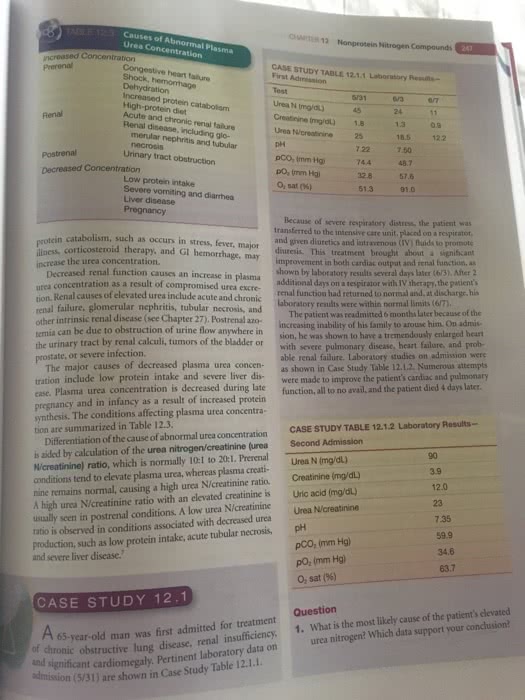MEDI7111 Lecture Notes - Lecture 12: Bleeding, Streptococcus, Immunofluorescence

Kidney Disease
Acute vs Chronic Kidney Disease
Acute kidney disease generally effects a single anatomical compartment (e.g. glomerulus, tubules,
interstitium, vasculature etc.) of the kidney, resulting in a loss of a specific function that leads to a
recognisable clinical presentation. Acute kidney injury can occur as part of a local disease process or
secondary to the failure of other organ systems (e.g. MODS). Compensation for the disease occurs to
limit dysfunction.
Chronic renal disease results from failure of the acute compensatory mechanisms to maintain
adequate function in the injured kidney. This can cause further damage to the kidney, for example,
damage to the glomerulus causing ischemic loss of downstream tubules leading to necrosis and
inflammation – further limiting the functionality of the kidney. Alternately, obstruction of urinary
outflow can cause back pressure in the filtration units leading to glomerular damage. Chronic
damage to the filtration units results in a loss of renal function as these units are unable to be
regenerated. Once GFR reaches 30-50% of normal, progression to renal failure is inevitable.
Clinical Presentation of Glomerular Disease
There are four primary presentation patterns for glomerular disease:
Nephrotic syndrome
oMassive proteinuria (>3.5g/day)
oHypoalbuminaemia (<3g/dL)
oGeneralised oedema
oHyperlipidaemia
o Lipiduria
Nephritic syndrome
oAcute onset macroscopic haematuria
oMild to moderate proteinuria
oHypertension
Asymptomatic proteinuria/haematuria
Rapidly progressing acute renal failure
oAcute nephritis
oAcute renal failure
oProteinuria
find more resources at oneclass.com
find more resources at oneclass.com
Document Summary
Acute kidney disease generally effects a single anatomical compartment (e. g. glomerulus, tubules, interstitium, vasculature etc. ) of the kidney, resulting in a loss of a specific function that leads to a recognisable clinical presentation. Acute kidney injury can occur as part of a local disease process or secondary to the failure of other organ systems (e. g. mods). Compensation for the disease occurs to limit dysfunction. Chronic renal disease results from failure of the acute compensatory mechanisms to maintain adequate function in the injured kidney. This can cause further damage to the kidney, for example, damage to the glomerulus causing ischemic loss of downstream tubules leading to necrosis and inflammation further limiting the functionality of the kidney. Alternately, obstruction of urinary outflow can cause back pressure in the filtration units leading to glomerular damage. Chronic damage to the filtration units results in a loss of renal function as these units are unable to be regenerated.



